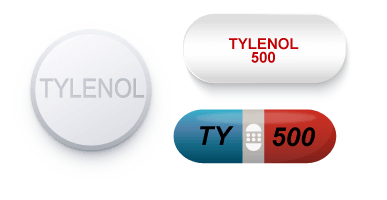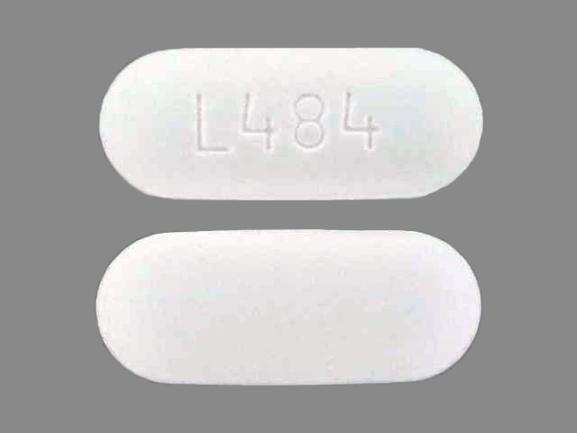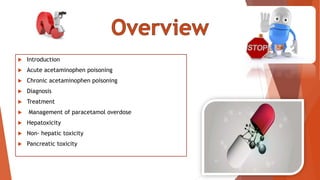Describe the Physical Ramifications of Excessive Use of Acetaminophen.
Describe the physical ramifications of excess use of acetaminophen. Describe the physical ramifications of excessive use of acetaminophen.

Pdf A Social Analgesic Acetaminophen Paracetamol Reduces Positive Empathy
- The excessive use of acetaminophen causes metabolites of the drug to bind to tissue groups in the kidney and liver causing hepatotoxicity.

. The excessive use of acetaminophen causes metabolites of the drug to bind to tissue groups in the kidney and liver causing hepatotoxicity. Physical therapy implications Examination and Evaluation Be alert for signs of hepatotoxicity and liver failure including anorexia abdominal pain severe nausea and vomiting yellow skin or eyes fever sore throat malaise weakness facial edema lethargy and unusual bleeding or bruising. In usual dosage it is considered harmless.
The individual may begin to feel nauseous. Be extra cautious when taking 500 or 650 milligram pills. Acetaminophen is primarily metabolized by the liver.
Describe the physical ramifications of excess use of acetaminophen. Question 11 Describe the physical ramifications of excessive use of acetaminophen. The excessive use of acetaminophen causes metabolites of the drug to bind to tissue groups in the kidney and liver causing hepatotoxicity.
The antipyretic activity may result from inhibition of prostaglandin. A small-bodied person should stay on the low end of. 15-24 years or older than 40 years People over 40 are more likely to have severe effects Gender.
Stick to recommended doses. 1 out of 1 points. And exhibit significant lack of coordination balance and speech.
The excessive use of acetaminophen causes pain and inflammation of the joints accompanied by elevated body temperature which leads to rheumatic fever. At this point intoxication is obvious except in individuals with marked tolerance. The excessive use of acetaminophen causes metabolites of the drug to bind to tissue groups in the intestinal tract causing diarrhea.
The excessive use of acetaminophen causes a reduction in blood supply and oxygen to a localized area of the body or tissue. Although the exact mechanism through which acetaminophen exert its effects has yet to be fully determined acetaminophen may inhibit the nitric oxide NO pathway mediated by a variety of neurotransmitter receptors including N-methyl-D-aspartate and substance P resulting in elevation of the pain threshold. Because acetaminophen is metabolized in the liver people with liver infections certain illnesses or chronic alcohol use may be more susceptible to overdose.
Acetaminophen Classification Uses Side Effects Britannica For example wrong use of information may cause harm to the patient when wrong procedures are done to the wrong patient with different. Identify the physical ramifications of the excessive use of acetaminophen. The excessive use of acetaminophen causes metabolites of the drug to bind to tissue groups in the kidney and liver causing hepatotoxicity.
Severe often fatal liver damage results from extreme overdosage with acetaminophen. Symptoms of liver failure. For those without a very high tolerance all mental sensory and physical capabilities become impaired.
It is metabolized by the liver where it is conjugated to nontoxic water-soluble metabolites that are excreted in the urine. Each patient took approximately 5 to 8 g of acetaminophen per day during a period of. Illness from acetaminophen overdose is caused primarily by liver damage.
Abdominal pain particularly on the right side. Too much acetaminophen can overwhelm the way the liver normally functions. Ad View The Following Dosing Chart To Make Sure Youre Taking Your OTC Pain Relievers Safely.
The following factors increase your chance of developing acetaminophen poisoning. However with excessive doses of acetaminophen the normal phase II drug metabolism pathways become depleted and the CYP450 pathway metabolizes a higher portion of the acetaminophen taken resulting in high concentrations of NAPQI formation and the limited glutathione stores can become depleted. In acetaminophen products available over the counter each pill may contain 325 500 or 650 milligrams of the drug.
The excessive use of acetaminophen causes metabolites of the drug to bind to tissue groups in the kidney and liver causing hepatotoxicity. The excessive use of acetaminophen causes metabolites of the drug to bind to tissue groups in the kidney and liver causing hepatotoxicity. When taking acetaminophen dont be tempted to add a little extra to the recommended dose.
Signs of an acetaminophen overdose include. The excessive use of acetaminophen causes metabolites of the drug to bind to tissue groups in the kidney and liver causing hepatotoxicity. Identify the physical ramifications of the excessive use of acetaminophen.
We describe three cases of toxic hepatitis associated with the chronic ingestion of excessive doses of acetaminophen. The excessive use of acetaminophen causes metabolites of the drug to bind to tissue groups in the kidney and liver causing hepatotoxicity. Identify the physical ramifications of the excessive use of acetaminophen.
The histological features of acetaminophen toxicity will reveal cytolysis and the presence of centrilobular necrosis.

How Bad Is Acetaminophen For The Liver

Tylenol Side Effects Complications Acetaminophen Risks

Acetaminophen Side Effects Common Severe Long Term Drugs Com

0 Response to "Describe the Physical Ramifications of Excessive Use of Acetaminophen."
Post a Comment